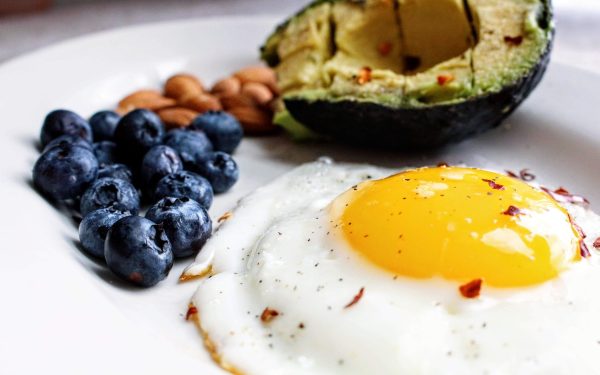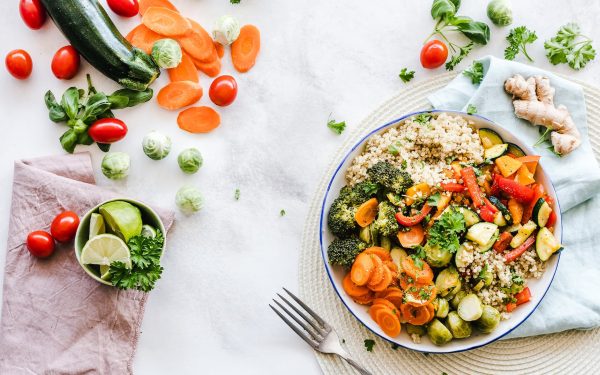The Spoon-friendly guide to fitness
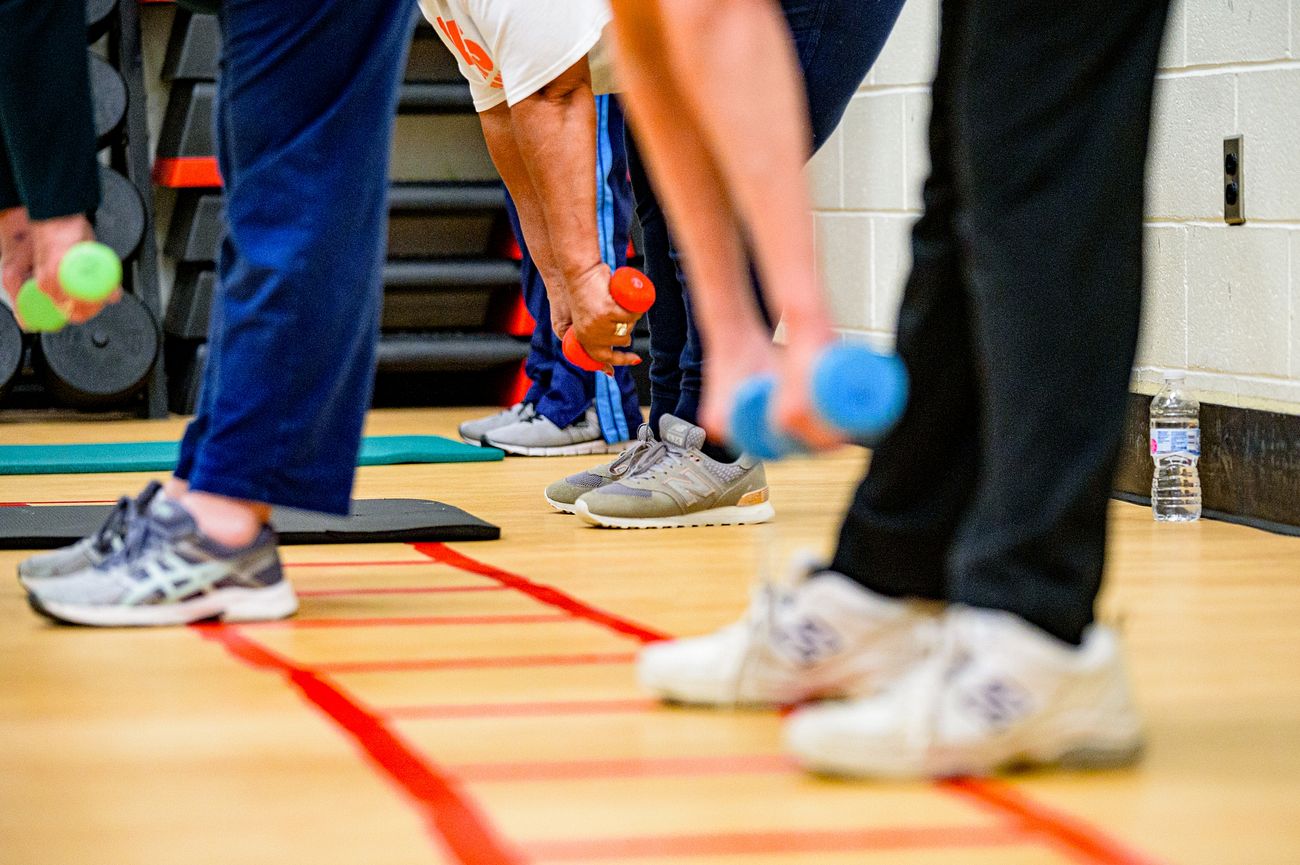
Over the years I have toyed with a lot of different diets and exercise routines. Over the years I have had various results and fitness revelations.
Below, I have compiled some of the main insights around getting the most value from your energy and time.
Disclaimer: I am not saying that one method or another is objectively better. Rather contrarily the routine I am doing now is something I would’ve despised years ago. Only now I am finding myself benefitting from a complete change in how I stay fit.
TL;DR – this advice is personal and subjective. It will also be focussed around ease and reward rather than specific scientific benefit.
- Spoon theory –
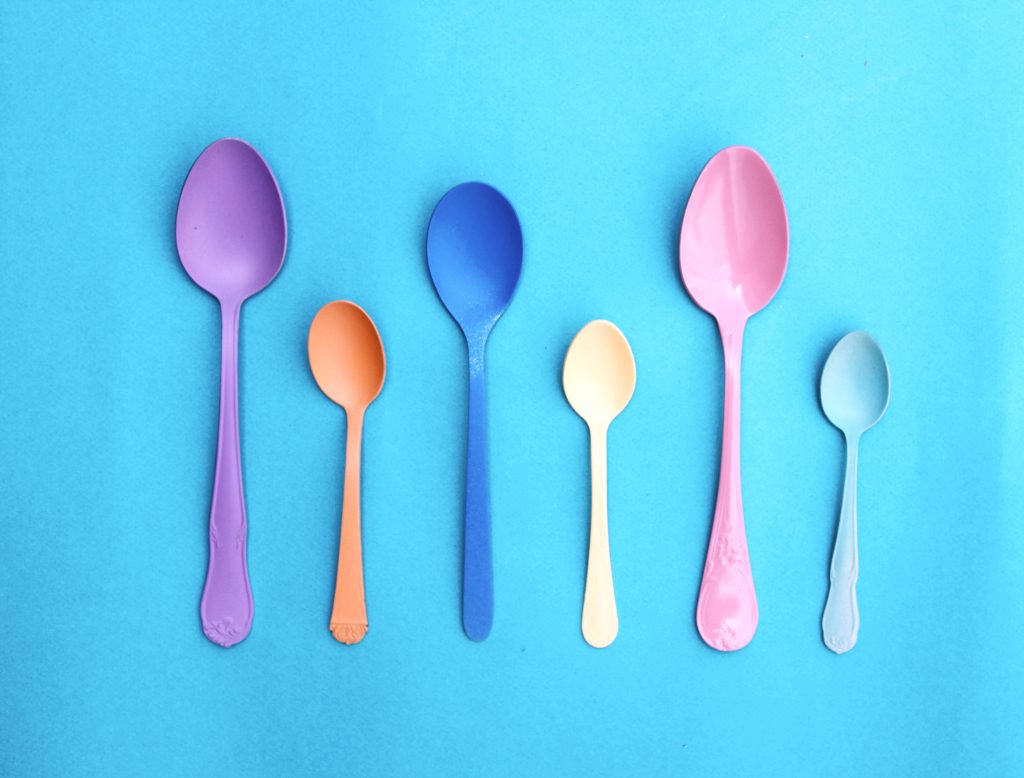
Spoon theory is the idea that neurodivergent people, typically people with ASD have a limited amount of “energy bars” known colloquially as “spoons”. A single, hypothetical spoon represents one arbitrary energy bar.
For example person A might have 10 spoons and person B might have 14 spoons, each spoon represents the amount of energy you have be it mental or physical.
There isn’t an exact science to this, but it is recommended you start with 12 spoons and go from there.
Then make a list (a spoon draining investment) on activities in the day and write how many spoons you think it will take from your stores.
Brushing your teeth might be 1 for someone and 3 for someone else.
Conversely, you can also build back spoons. However, the recharge rate is much slower than the spend rate.
4 hours of chores is going to cost more spoons than 4 hours of relaxing will replenish (at least for me).
Hopefully now you can start to see how different types of exercise may cost more spoons than necessary for similar amounts of physical reward.
- Weight training –
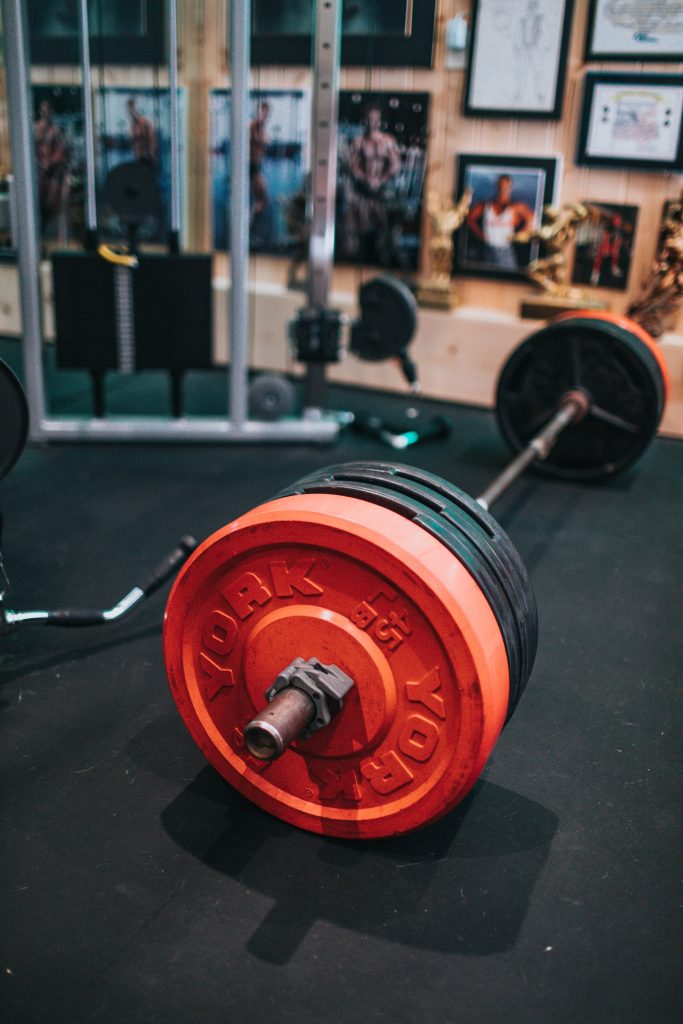
I have about 10 years of weight training experience. It is something that I have enjoyed for a long time, but recently I have come to the realisation that it has been draining my spoons. The spoon draining with weight training not only comes from the exercise itself but it also comes from the: changing weight plates on bars, working out sets and rep progressions, timing meals around sessions, adjusting weight benches and squat racks, keeping hydrated and the recovery period.
One other overlooked neurodiverse spoon-burner with weight training is a change in routine – sometimes the gym can be a busy place and if you are at the misfortune of not having a home gym then waiting your turn for a piece of equipment is going to be a likely occurrence.
Weight training has lots of benefits, it is a relatively simple thing to do and is king when it comes to building muscle mass, strength and bone density.
- Cardio –

Cardiovascular exercise, for me, is the lowest entry point for fitness. This is in no way saying it is a bad thing. I just mean this usually has the lowest mental input and hence the lowest spoon-burn.
Cardio can be as simple as going for a walk (outside or on a treadmill). You can do this on autopilot; it is so little mental effort.
However, the tradeoff is that it won’t build much muscle (if that is what you’re into)
Cardio will typically burn both muscle and fat tissue. On the flip side you will see a great increase in heart and lung health (alongside a whole host of other benefits too numerous to go into in this post).
Without cardio and just weights I was a person who could lift multiples of my body weight but couldn’t run more than 20-30m/65-100ft without getting significantly out of breath (I do have asthma though for the record).
- A relaxed approach – bodyweight and yoga

I think the best balance of effort and fitness for strength and muscle tone is Bodyweight fitness (aka callisthenics). Investment in equipment is very low and it also means you don’t have to worry about “losing gains” if you go to a place without access to gym equipment.
There are also “progressions” you can do in order to increase your workload if you feel like your body weight isn’t enough to challenge your muscles. You can also invest in weighted vests to add more resistance (which I prefer, given that progressions can be somewhat awkward to perform).
In terms of yoga, I am doing restorative yoga at the moment. This is mainly to maintain flexibility, as years of weights without adequate warming/cooling/stretching has been slowly seizing my body up.
Yoga can incorporate meditation and it can be used as a workout, like in vinyasa yoga practice.
- You are what you eat –

This phrase you have probably heard many times before. And it’s true! – your body uses the fuel you give it to power itself and to replenish tissue. Very simply, Carbohydrates are used as energy, Fats are for hormones and energy storage, Proteins for muscle maintenance/building.
A lot of people underestimate how many calories they are eating per day. Calories are the most important number to consider when you are trying to influence weight change.
You have more calories consumed than burned off, you will gain weight. You eat less than you burn, you lose weight.
You can find a rough TDEE (total daily energy expenditure) calculator online – this number will give you a rough idea of how many calories you burn per day.
Believe it or not, the vast majority of calories the average person burns is from just being alive; breathing, keeping your heart pumping, keeping you body warm etc.
I weigh around 90kg/198lbs and I burn around 1,750cal per day doing nothing. This number is known as the BMR (basal metabolic rate).
The activity you do during the day is added on to your BMR to create your TDEE number. You might think of the TDEE – BMR = amount of exercise I do per day, this is true, but what you probably won’t take into account is your NEET (non-exercise induced thermogenesis), this is a fancy term for “calories I burn typing on the computer or tying my shoe or yawning or coughing” this is movement you do which isn’t classed as exercise but still burns calories, often a day’s worth of twiddling your thumbs and cleaning the dining table will match or exceed your 60 minutes on the treadmill at the gym.
Interestingly, when you diet (cut calories) your body subconsciously lowers how much you tap your foot or twiddle your thumbs to conserve energy. Your body lowers unnecessary movement to save itself, to combat this you either have to force yourself to fidget more or make up for the lack of NEET calories at the gym.
Finally, and probably most importantly is the quality of your food. We all know that processed foods aren’t ideal and we should be having a whole-food diet. However, there is a blurred line between what is processed and what is not. Did you know a homemade cake is healthier than a pre-packed shop cake of the same calories? This might seem a controversial claim, but it turns out there are a host of ingredients in food meant to be on a shelf for a while. Imagine leaving a homemade cake on a shop aisle for a week. The reason these shop-bought cakes last longer is mainly because of preservatives, but also because they contain ingredients which aren’t really food and cannot be broken down as quickly by bacteria.
Without doing a deep dive into processed foods – it is generally a healthier option if on the label you see ingredients that wouldn’t look out of place in your kitchen. For example, lemon extract might be kept in the cupboard, but E120 and sodium benzoate are not.
Be on the lookout for modified starches, sugars etc as they have no nutritious value.
Processed foods will make you fat, keep you hungry and to top it off they are linked with higher rates of cancer. A person who is on an only processed food diet will have a cancer risk roughly double that of someone eating whole foods.
Minimally processed foods should be okay – chopped carrots etc, as long as there are no additives.
I’m not saying don’t eat crisps or chocolate ever again. Just don’t have them as a regular snack.
- Consistency is #1

Consistency is the most effective tool in keeping fit. Doing little and often tends to be better than going nuts once a fortnight. Not only does it pace your training and recovery, it also maintains the routine and habit.
5 minutes of anything is better than nothing. If you can do 5 minutes of something per day, that is 35 minutes per week.
10 minutes per day is 1hr 10mins etc. The point is, it is easier (and healthier) to add 5 minutes to your routine each day than it is to add half an hour to your once a week routine. As you can see this quickly scales to be unsustainable – 45 minutes per day becomes nearly 5 hours.
Get the habit set in stone, then build from there. Rest days are essential though, rest when you are sore/injured or very tired.

